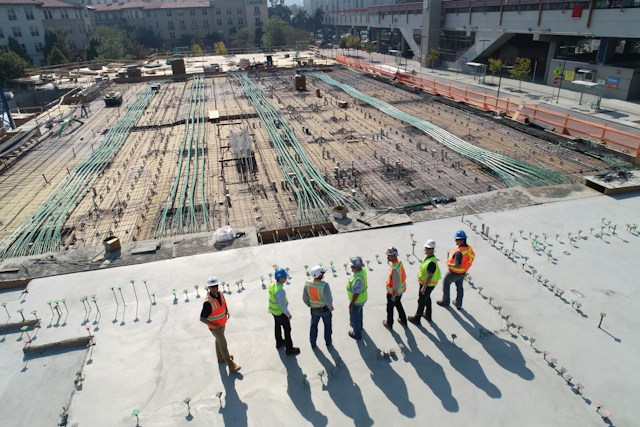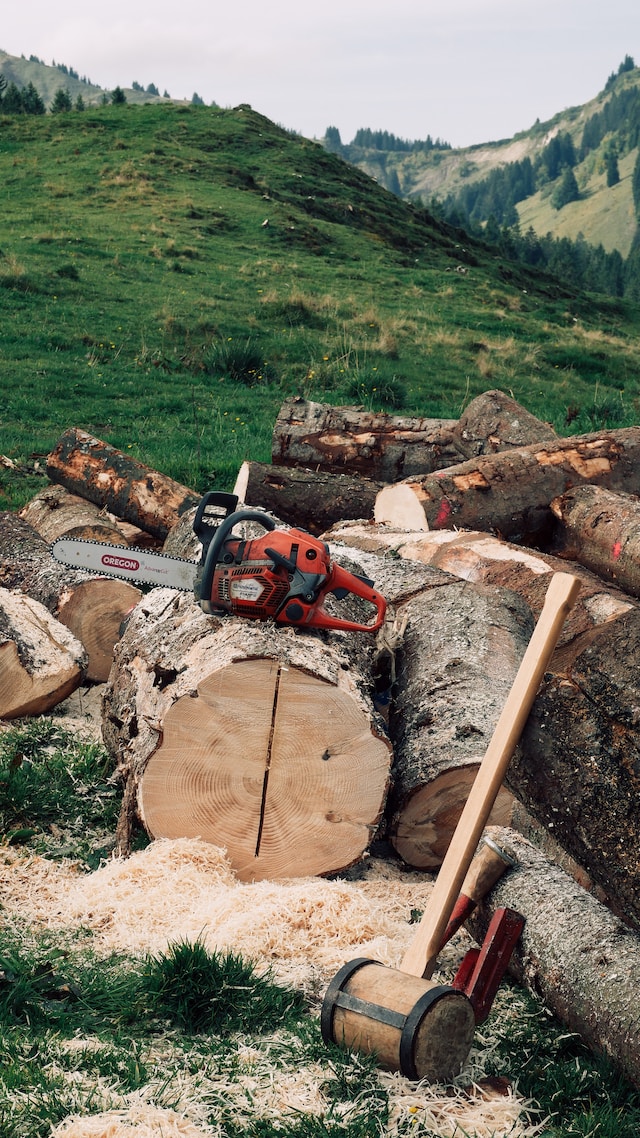Drainage is one of the most crucial parts of any construction project. Your building will swell and rot without proper drainage, causing costly repairs. There are many types of drainage solutions, from French to Channel drains. You need to know which type is right for your project.
French drains
You may have thought about installing a French drain if you have a backyard that gets a lot of water after a rainstorm. The idea is to redirect water away from your home and into a municipal or waste area.
These small pipes are made of corrugated plastic and are available in two versions. They are also easily installed.
A French drain is an effective way to direct water away from your home. However, you will want to ensure the drain is placed in the right spot to avoid flooding your basement or damaging your foundation. You should check with your local building authority to ensure you aren’t breaking any laws.
To install a French drain, you need a contractor like San Diego Plumbing & Pipelining. This involves digging a trench around your property. While this might sound like a small undertaking, it can be dangerous if you don’t know what you’re doing.
Dry wells
A dry well is a small underground pit filled with rocks or gravel. Its main purpose is to collect stormwater. They are typically used on residential properties.
Dry wells are ideal for areas that have quick drainage. They can be buried under the ground or installed on a flat surface. Their use is also every day in conjunction with French drains.
There are many different types of dry wells. Some are constructed with high-quality concrete or polyethylene tanks. Others are hand-dug pits lined with landscape fabric.
A dry well can be a DIY project, or you can hire a professional landscaping contractor. It is essential to keep in mind where the well will be located, though.
If the project is a DIY undertaking, be sure to follow the instructions that come with the tank. Ensure the pipe is sloped towards the dry well and has an overflow emitter.
Channel drains
Channel drains are simple drainage solutions that help to collect surface water. This type of drainage system is often used to prevent flooding around pools and patios. It also helps to keep the backyard clean.
Do-it-yourselfers or professional contractors can install these drainage systems. When installed properly, channel drains are an excellent long-term solution to your drainage needs.
Before installing a drainage system, it’s essential to research the company that will install it. Make sure the company is willing to stand behind its work. Choosing a reputable supplier will ensure that your system can withstand the rigors of daily use.
If you’re interested in installing a trench drain, you should first determine the size and depth of the channel that will be needed. For most residential uses, a channel that is class B-rated for speeds under 20 miles per hour is appropriate.
Catch basins
If you have water problems at home, catch basins can be a good solution. They can reduce flooding and add value to your home. However, they must be cleaned periodically to keep them from backing up.
A catch basin is an underground tank used to catch runoff water. It usually consists of an inlet and outlet pipe. The inlet captures heavier debris, while the outlet pipe carries water to a larger sewer plant downstream.
Catch basins are used in residential and public areas to capture stormwater. They prevent stormwater from ponding in a yard or parking lot. This can cause several problems. For example, ponding can create a haven for mosquitoes and other pests. Having standing water in your yard also encourages mold growth, which can damage your plants.
Grading
If you are experiencing problems with your yard drainage, grading could be your solution. An adequately graded lawn will help prevent flooding, pooling, and standing water. It will also allow you to enjoy your outdoor living spaces.
The first step in resolving your yard drainage issue is hiring a professional. A professional grader will determine the slope away from your house foundation and ensure an effective channel for the water to drain.
Properly grading your yard will help eliminate future drainage issues. Not only will your landscape be level and functional, but it will also prevent water from pooling and damaging your home’s foundation.
When you need a professional to take care of your yard grading needs, look to Daybreaker Landscapes. They provide a variety of services and are turf friendly. Their crews use large skid steers, excavators, and versatile tracked stump grinders.

 Revamping Your Bathroom Space: The Journey to Selecting the Perfect Cabinets
Revamping Your Bathroom Space: The Journey to Selecting the Perfect Cabinets  Strengthening Your Team: The Role of Background Checks in Modern Hiring Practices
Strengthening Your Team: The Role of Background Checks in Modern Hiring Practices  Keeping Your Hearth in Top Shape: The Value of Routine Fireplace Repair
Keeping Your Hearth in Top Shape: The Value of Routine Fireplace Repair  Septic Systems: Maintenance Tips for Homeowners
Septic Systems: Maintenance Tips for Homeowners 


